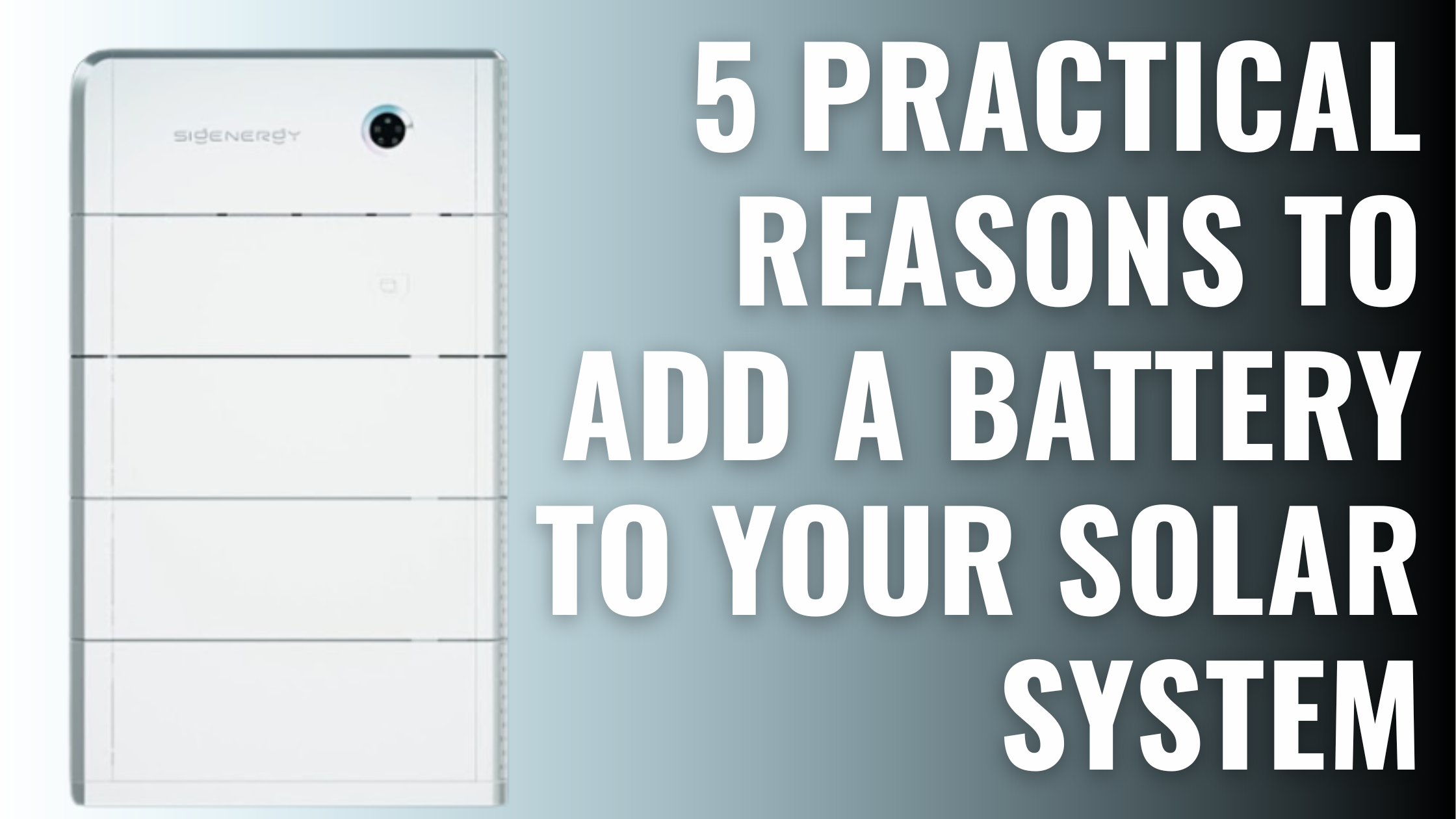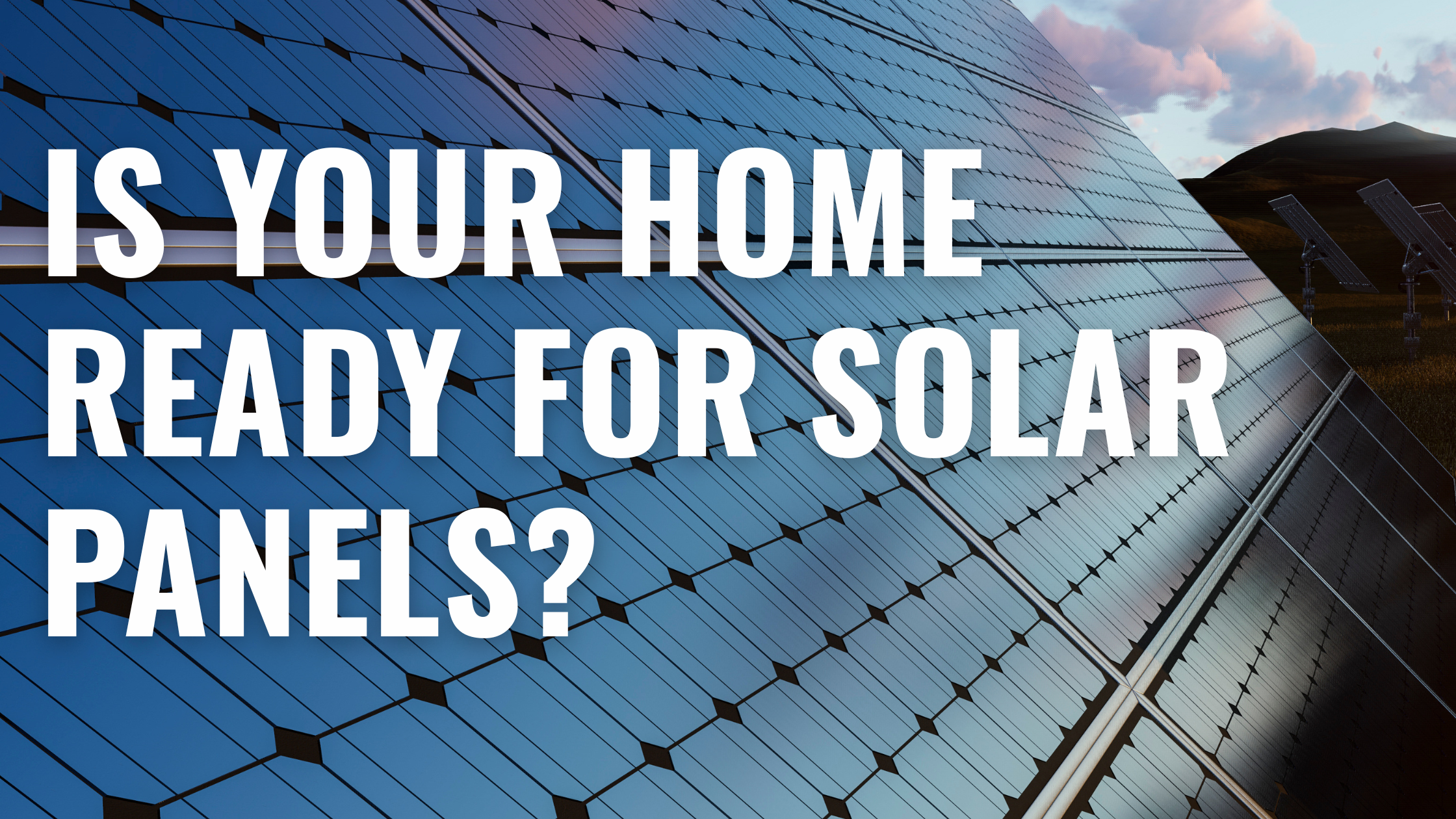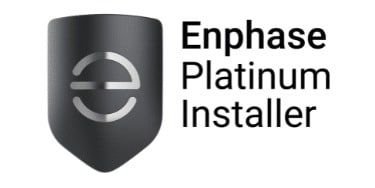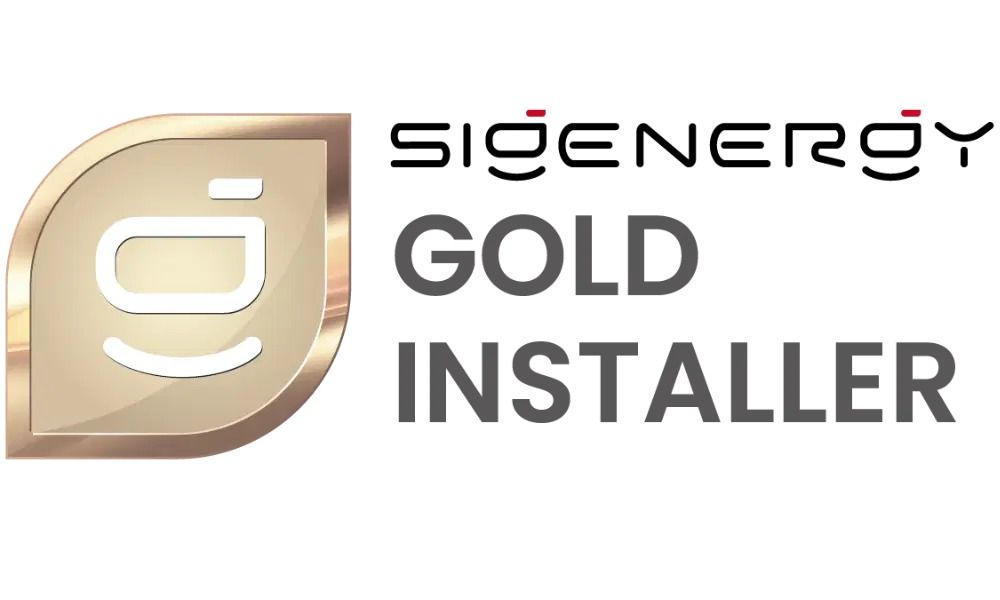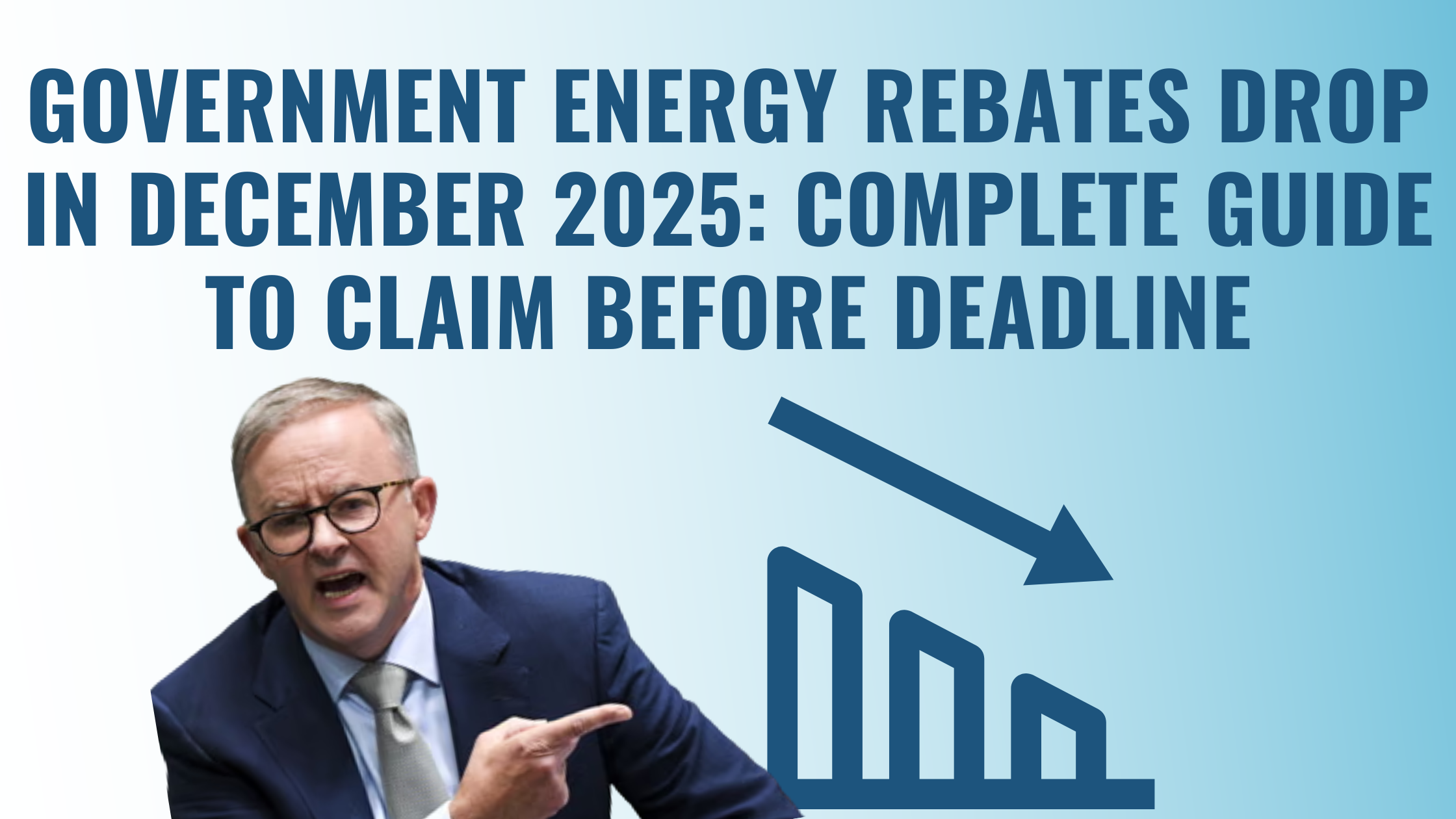
Written by Donna Wentworth
Last Updated: July 31, 2025
Government Energy Rebates Drop in December 2025: Complete Guide to Claim Before Deadline
What’s Happening to the Government Energy Rebates in December 2025?
Two key rebate changes are happening at the end of 2025:
1. The Federal Solar Rebate (STCs) is Decreasing on 1 January 2026
The solar rebate most Australians claim — based on Small-scale Technology Certificates (STCs) — drops in value every year until it phases out in 2030. The number of STCs you receive is tied to when your system is installed and signed off. Install after 31 December 2025, and you’ll receive fewer certificates for the exact same system.
The STCs are usually traded for a dollar value (currently around $35–$40 each), which comes off the upfront price of your system. Fewer certificates means a smaller discount.
2. A New Battery Rebate Is Starting Mid-2025 — But It Also Has a Timeline
From July 2025, battery installations in Australia will also start generating STCs — meaning eligible battery systems will now attract a federal rebate, similar to solar panels. This is good news, but the rebate will also reduce every year (just like the solar scheme). The sooner you install, the more you can claim.
These changes mean December 2025 is a key cut-off point for locking in the highest available federal incentives — for both solar and battery systems.
How Much You’ll Lose if You Wait Until 2026
If you install your solar system in January 2026 instead of December 2025, you’ll qualify for fewer STCs — and that means a smaller rebate.
Here’s a simplified example using a typical 6.6 kW solar system in Sydney:
| Install Date | Estimated STCs | Rebate Value @ $37/STC |
| December 2025 | 92 | $3,404 |
| January 2026 | 84 | $3,108 |
Difference: $296 less just by delaying a few weeks.
With a 10 kW system, the drop is even larger — closer to $450–$500 in lost rebate value.
And while the new battery rebate begins in July 2025, it will also follow a phasedown model. So, early adopters who install before the end of 2025 are likely to get the best possible return.
In short: Waiting until next year could cost you hundreds.
What You Need to Do Before the Deadline
To lock in the full 2025 rebate, your system doesn’t just need to be booked — it needs to be installed and signed off by 31 December 2025.
That sign-off comes in the form of a Certificate of Compliance (COC) or equivalent documentation, depending on your state. This confirms the system was physically completed and meets all safety and regulatory requirements.
Here’s what you should do:
- Start your quote process now: The closer we get to December, the harder it is to secure installation dates.
- Choose a Clean Energy Council–approved installer: Only accredited systems qualify for STCs.
- Confirm your installer understands the rebate deadline: The rebate value is based on when your system is commissioned, not just when it’s ordered.
- Allow for delays: Weather, supply issues, or grid approvals can push timelines out — aim to finish well before mid-December if possible.
And if you’re planning to install both solar and battery? It’s worth speaking to your installer about how to time the install so you maximise both rebates — especially if you’re eligible for the new battery STCs from July 2025 onward.

Is It Still Worth Installing Solar or Batteries After December?
Yes — but you’ll need to reset your expectations slightly.
Even after the rebate drops in January 2026, solar still delivers strong savings over time. A smaller rebate doesn’t erase the benefits of lower power bills, energy independence, and protection from rising electricity prices. It just means your payback period might be slightly longer.
The same applies to batteries. While the best value comes early in the new rebate cycle, batteries remain a solid long-term investment — especially if you:
- Use a lot of power in the evening
- Want blackout protection
- Are planning to join a Virtual Power Plant (VPP)
- Want to make the most of solar self-consumption
If you can’t install before the deadline, don’t panic. You’ll still access some rebate support — just less than if you had acted sooner. It’s still a worthwhile investment, especially if the system is sized right and tailored to your usage.
Common Questions About the Rebate Changes
Do I still qualify for the solar rebate in 2026?
Yes, the federal solar rebate (STC scheme) continues until 2030. But the number of certificates you receive — and the rebate value — drops each year on 1 January.
What if my install is delayed past December?
If your system isn’t installed and signed off by 31 December 2025, your rebate will be calculated based on the 2026 deeming period. It’s not a total loss — just a smaller benefit.
Can I combine the solar and battery rebates?
Yes. If you install a battery from July 2025 onward, and it meets the eligibility criteria, you’ll get additional STCs for that battery on top of your solar rebate. The two rebates run under the same federal program but apply to different system components.
What if I only want a battery?
From mid-2025, batteries installed on their own (with or without new solar) will qualify for STCs — so yes, you can claim a rebate on battery-only installs, provided the system meets the program requirements.
Will rebates keep decreasing every year?
Yes. Unless the government changes policy, both the solar and battery STC rebates will step down annually until they phase out entirely in 2030.
If you’re planning to install solar or a battery system, timing matters.
The Federal solar rebate is already set to decrease from 1 January 2026 — and the new battery rebate launching mid-2025 will follow the same annual phase-down. By acting before December ends, you could save hundreds more than if you wait just a few weeks longer.
This doesn’t mean you should rush into the wrong system. But it does mean that if solar or battery storage is on your radar, now’s the time to ask the right questions, compare your options, and get the ball rolling before installation calendars fill up.
Knowledge is power — and in this case, it’s also money back in your pocket. Get in touch with our friendly team to discuss your solar and battery options

